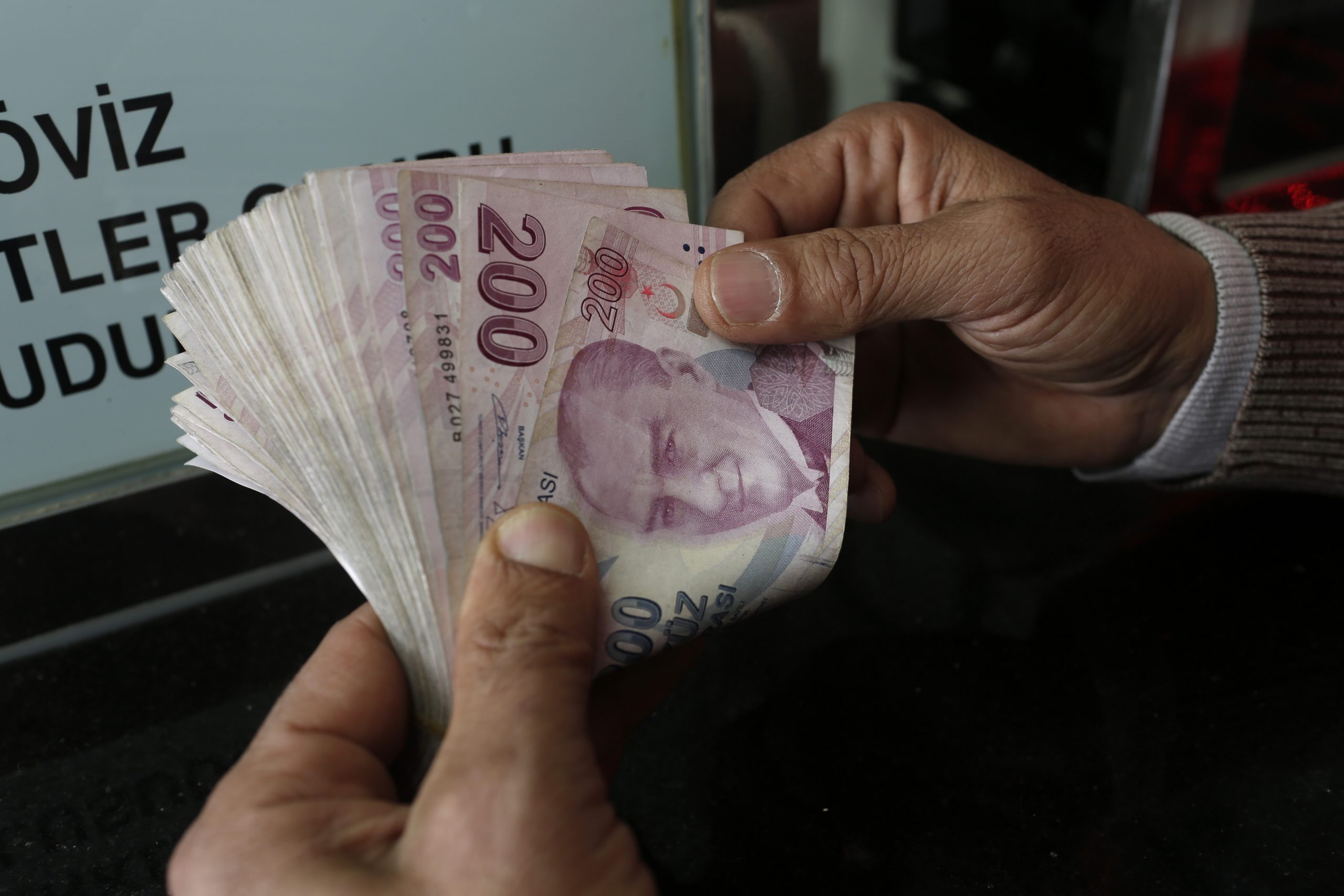ANKARA (Reuters) – Turkey’s response to the coronavirus pandemic, including the central bank’s record programme of quantitative easing (QE), has tightened the grip state institutions have on the country’s bond market and accelerated the departure of foreign investors.
The central bank’s QE asset purchases since March have left it holding 89 billion lira tmsnrt.rs/2ZV0AUz($13 billion) in government debt, rocketing up from 19 billion at the end of last year. Some 23 billion lira of the bonds it holds are from an unemployment fund that tops up workers’ wages. (Graphic: Turkish cenbank bond stock at record levels, here)
The central bank has been the lynchpin of Turkey’s financial response to the pandemic, which has left millions out of work and brought the economy to a virtual standstill in April and May.
The unprecedented monetary easing, combined with regulations urging banks to stockpile more debt, helped drive the share of foreign ownership of Turkish government bonds down to a record low of 4.3% at the end of May.
Squeezed by a series of government regulations, foreign investors have edged away from Turkey since they held more than 20% of its government debt in 2017.
But the clearest exodus was in the first five months of 2020, leaving the lira – which hit a record low in May – more vulnerable, analysts say. The outflow could over time starve the Middle East’s top economy of funding for its external obligations, and stall economic recovery plans.
Foreigners have dumped $11 billion in Turkish bonds and stocks so far this year, making it the country with the lowest foreign-investor footprint among emerging-market peers, according to Deutsche Bank.
Turkey’s “significant” monetisation of the public debt “will be reinforced by the current crisis,” said Nikolay Markov, senior economist at Pictet Asset Management.
“This is an additional risk to inflation through the lira and can trigger a vicious cycle that can happen much more quickly, and it’s a risk for investors,” he said.
The lira has fallen 13% this year and lost 60% of its value against the dollar in the last five years, the weakest performer among global peers in that period.
More weakness could pressure the central bank to reverse an aggressive rate-cutting cycle that was halted last month.
It could also cut deeper into the bank’s depleted reserves, which analysts say have helped fund state bank interventions to stabilize the lira in FX markets. Goldman Sachs estimates the central bank sold some $60 billion in interventions this year.
The QE has left the central bank only 10 billion lira shy of a self-imposed limit for government debt holdings. It now finances 6.3% of the Treasury’s domestic borrowing, up from 2% over the last decade.



